Thanks, really interesting!
How to Build Real-World Learning Interactions
July 19th, 2016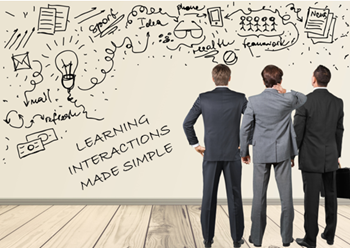
Creating great interactive learning experiences requires a few core building blocks: relevant content, pull versus push, and real-world decisions. With those building blocks you’re able to structure effective learning scenarios that are meaningful to the learner and helps meet the objectives of the course.
One of those building blocks in creating relevant content or content that is placed in a meaningful context. Essentially, you want to recreate the types of scenarios that are similar to the ones the learner has in real life. This allows them to see the content in a meaningful context.
Learning Interactions: What is the Learner’s Real World Like?
Most courses have the right content, but that’s all it is–content. And the content is usually plastered over a series of bullet point screens. To make a great learning experience you need content in the right context. It needs to be relevant to the learner’s needs and world. They need to see how the content fits into their world, the interactions they have, and the decisions they need to make.
- How is the course content used in the work environment of the user?
- Why would they use it? And when they use it what happens?
- Or if they don’t use it, what happens?
Learning Interactions: What Type of Environment Needs to be Built?
We make decisions all the time and they always produce some sort of consequence. These decisions happen in a real world and usually while interacting with other people like peers, managers, or customers.
When building relevant content that’s placed in the right context it’s important to understand the world of the learner.
- Where are they located?
- Do they need to use any equipment or machines?
- And who are they interacting with? Peers, management, customers?
Learning Interactions: What Triggers the Need for Action?
When I build interactions in Storyline I always talk through the triggers. I ask, “What do I want to do and when do want to do it?”
In the same sense, when you build relevant scenarios for your courses where the learner has to make decisions, it’s important to know what the triggers are for those decisions.
- What do they have to do and when do they have to do it?
- And at what point are they going to need the course content to make the appropriate decision or take the right action?
Learning Interactions: How to Collect the Right Content?
A great way to get this information is to meet with those people who will take your courses. Ask them to give you scenarios where the course content is important or when they would need to know it to make good decisions.
- Ask them what’s it like when things are going well? And then what it’s like when it not going so well. And what makes it go not some well? What types of things derail the day?
- If they interact with equipment, what do they need to know? Where do they go to troubleshoot? What types of cheat sheets or job aids do they reference?
- If they interact with people, what makes for good interactions? And what causes them to go sideways? How do they fix it?
The key in all of this is that instead of dumping a bunch of new content on your learners, find a way to put the content into a meaningful context–one that makes sense to their real world interactions. And when you do that you’ll be able to create great learning experiences.
Events
- Everyday. Check out the weekly training webinars to learn more about Rise, Storyline, and instructional design.
Free E-Learning Resources
 |
 |
 |
|
Want to learn more? Check out these articles and free resources in the community. |
Here’s a great job board for e-learning, instructional design, and training jobs |
Participate in the weekly e-learning challenges to sharpen your skills |
 |
 |
 |
|
Get your free PowerPoint templates and free graphics & stock images. |
Lots of cool e-learning examples to check out and find inspiration. |
Getting Started? This e-learning 101 series and the free e-books will help. |
4 responses to “How to Build Real-World Learning Interactions”
La traduzione in italiano (autorizzata) è disponibile qui: http://www.mosaicoelearning.it/blog/costruire-interazioni-learning-dal-mondo-reale/
Great advice Tom!
This post highlights the importance of conducting a needs analysis in order to determine the learning needs and goals for each specific team or group of learners. The learning interactions must then be customized around those unique set of needs.
Also, don’t try and reinvent the wheel every time. Store these customized real-world interactions in a learning database. That way you can refer to them in the future.
Creating interactive content in a meaningful manner connecting with the real world scenario can offer a great learning experience promises the author. Keen to be present at your next event.


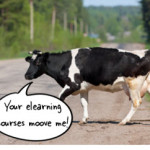
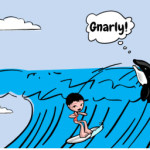
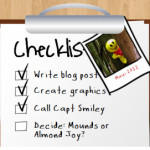
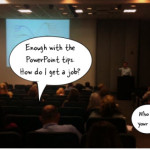



0
comments